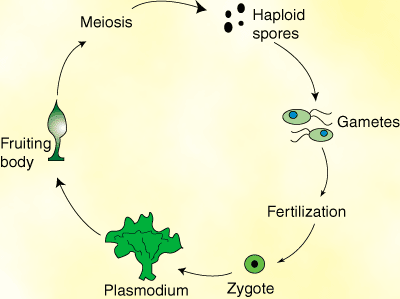Please wait while we process your payment
If you don't see it, please check your spam folder. Sometimes it can end up there.
If you don't see it, please check your spam folder. Sometimes it can end up there.
Please wait while we process your payment

By signing up you agree to our terms and privacy policy.
Don’t have an account? Subscribe now
Create Your Account
Sign up for your FREE 7-day trial
By signing up you agree to our terms and privacy policy.
Already have an account? Log in
Your Email
Choose Your Plan
Individual
Group Discount
Save over 50% with a SparkNotes PLUS Annual Plan!
 payment page
payment page
Purchasing SparkNotes PLUS for a group?
Get Annual Plans at a discount when you buy 2 or more!
Price
$24.99 $18.74 /subscription + tax
Subtotal $37.48 + tax
Save 25% on 2-49 accounts
Save 30% on 50-99 accounts
Want 100 or more? Contact us for a customized plan.
 payment page
payment page
Your Plan
Payment Details
Payment Summary
SparkNotes Plus
You'll be billed after your free trial ends.
7-Day Free Trial
Not Applicable
Renews July 12, 2025 July 5, 2025
Discounts (applied to next billing)
DUE NOW
US $0.00
SNPLUSROCKS20 | 20% Discount
This is not a valid promo code.
Discount Code (one code per order)
SparkNotes PLUS Annual Plan - Group Discount
Qty: 00
SparkNotes Plus subscription is $4.99/month or $24.99/year as selected above. The free trial period is the first 7 days of your subscription. TO CANCEL YOUR SUBSCRIPTION AND AVOID BEING CHARGED, YOU MUST CANCEL BEFORE THE END OF THE FREE TRIAL PERIOD. You may cancel your subscription on your Subscription and Billing page or contact Customer Support at custserv@bn.com. Your subscription will continue automatically once the free trial period is over. Free trial is available to new customers only.
Choose Your Plan
This site is protected by reCAPTCHA and the Google Privacy Policy and Terms of Service apply.
For the next 7 days, you'll have access to awesome PLUS stuff like AP English test prep, No Fear Shakespeare translations and audio, a note-taking tool, personalized dashboard, & much more!
You’ve successfully purchased a group discount. Your group members can use the joining link below to redeem their group membership. You'll also receive an email with the link.
Members will be prompted to log in or create an account to redeem their group membership.
Thanks for creating a SparkNotes account! Continue to start your free trial.
We're sorry, we could not create your account. SparkNotes PLUS is not available in your country. See what countries we’re in.
There was an error creating your account. Please check your payment details and try again.
Please wait while we process your payment

Your PLUS subscription has expired
Please wait while we process your payment
Please wait while we process your payment

Slime Molds
The slime molds warrant their own classification within Protista because of their unusual morphology. At some stages in their life cycle, they show clearly protozoan characteristics, but at other stages they become almost fungus-like. Slime molds fall into two distinct groups that are not closely related: the cellular slime molds and the true, or acellular, slime molds. A distinguishing morphological difference between the two groups is the vegetative state of cellular slime molds in a haploid amebiod cell, whereas the vegetative state of acellular slime molds is a multinucleate diploid ameboid mass called a plasmodium. Both groups grow in moist soil or decaying plant matter and are white, yellow, or red in color.

Sexual reproduction is most likely to take place in very damp conditions. In drier conditions, cellular slime molds enter an asexual reproductive phase. Haploid ameboid cells cease feeding and clump together to form a slug-like pseudoplasmodium. From this forms a stalked fruiting body. In this fruiting body spores will be produced and released.

The plasmodium phase of the acellular slime molds differs from the pseudoplasmodium of the cellular slime molds in that it is diploid. This mass gives rise to a fruiting body in which meiosis occurs and haploid spores are produced. The spores germinate to produce flagellated gametes. These gametes fuse to form a diploid zygote. The zygote grows and its nucleus divides mitotically, but the cytoplasm does not divide, resulting in another plasmodium.
Please wait while we process your payment

